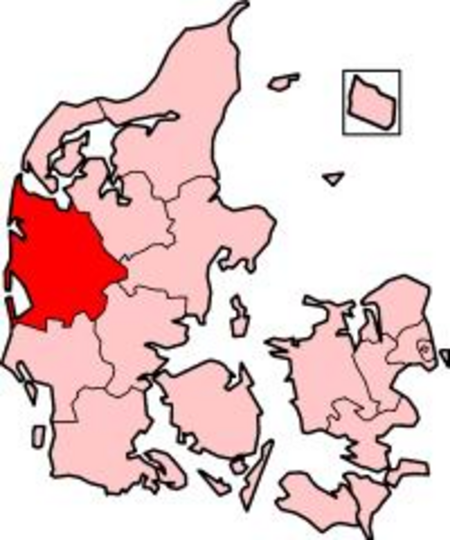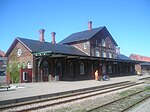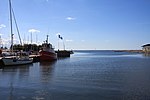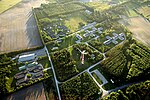Ringkjøbing County
Central Denmark RegionCentral Denmark Region stubsFormer counties of Denmark (1970–2006)

Ringkjøbing County (Danish: Ringkjøbing Amt) is a former county (Danish: amt) on the Jutland peninsula in western Denmark. It had the lowest population density of all the Danish counties. The county was abolished effective January 1, 2007, when it merged into Region Midtjylland (i.e. Region Central Jutland). Note of terminology: A modern Danish spelling of the name would be Ringkøbing Amt, but the county officially used an older, traditional spelling, as opposed to the municipality of Ringkøbing.
Excerpt from the Wikipedia article Ringkjøbing County (License: CC BY-SA 3.0, Authors, Images).Ringkjøbing County
Kongevejen, Ringkøbing-Skjern Municipality
Geographical coordinates (GPS) Address Nearby Places Show on map
Geographical coordinates (GPS)
| Latitude | Longitude |
|---|---|
| N 56.083333333333 ° | E 8.25 ° |
Address
Kongevejen
6950 Ringkøbing-Skjern Municipality, Rindum
Central Denmark Region, Denmark
Open on Google Maps










